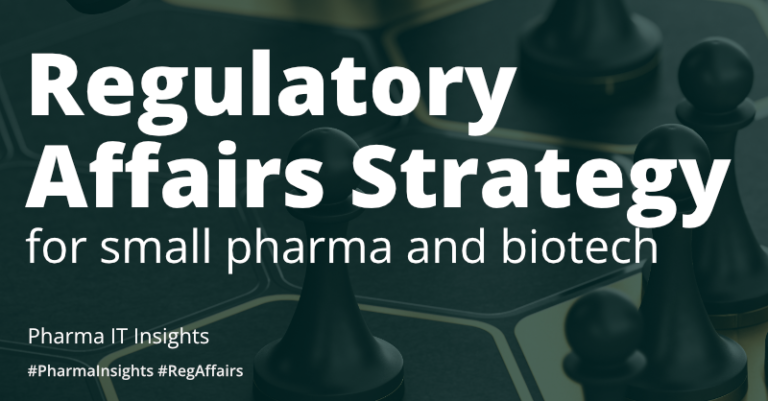
Share on email
Share on linkedin
Share on facebook
Share on twitter
Share on skype
By Stig Ragborg
February 1, 2022
By Stig Ragborg
February 1, 2022
You have likely heard about Digitalization for Labs of the Future (LoTF) and heard from Laboratory IT vendors promising that their solution is the key to laboratory nirvana. “Yes!” – we can all join their chorus in a wonderful song about findable, accessible, interoperable, and reusable (FAIR) data in seamlessly integrated systems, which support fully digitalized processes and enable advanced analytics of our most valuable asset.
But can nirvana be achieved? Yes. But there are some things to consider.
Most Life Sciences companies expect to build their LoTF IT landscape on top of their existing Laboratory systems. This generally consists of customized legacy Laboratory Information Management System (LIMS) and Electronic Laboratory Notebook (ELN) systems that have supported their ‘paper on glass’ processes throughout the last decade, or longer. Even though these legacy systems may have been upgraded several times, they often carry along the paper process inspired customizations and validation approach of the past. This constitutes high lifecycle maintenance costs and a rocky foundation for your future IT landscape.
By ensuring your foundation is solid, you’ll take one step back to ensure you are taking the right leap forward with you LoTF Digitalization.
Why is this important? Because your ELN and LIMS will be the core of your new laboratory IT landscape with integration into many if not all other new systems you introduce. These integrations will introduce changes in the existing system landscape which to some extent will require revalidation and extensive documentation updates. Furthermore, your ‘paper on glass’ workflows can most likely be optimized in a digital IT landscape.
Such a cost/benefit analysis can be further strengthened if your existing system validation documentation is paper-based while your company has moved into digitalized IT validation with test automation and a test management system. If not, this should also be considered before you start building new paper-based validation documentation.
Most legacy laboratory IT vendors have luckily evolved and now support much more advanced workflows out of the box, sometimes even in a pre-validated state. Even more exciting is that several offer their solutions as Software as a Service (SaaS) and promise you that they will take responsibility for the lower part of the validation V-model. This means that if you can avoid customizations, you can almost entirely limit your validation focus to user requirements and user acceptance tests.
These new integrated modules are intended to cover not only the experiment-centric focus of the ELN, or the sample-specific focus of the LIMS, but merge a much larger part of the life sciences value stream and laboratory needs into their products – from R&D to manufacturing laboratories.
Therefore, do not take for granted that your lab of the future will start by adding new IT systems and instrument integration to your system landscape.
Instead, you must start with a more holistic approach considering the full IT landscape vision and build a strategic laboratory IT roadmap. By doing this you will ensure that your funds are spent in the most value-adding way for the long term.
Pharma IT’s Laboratory Informatics team boasts over 50 years of combined experience. We can provide assistance with strategy & advisory (including gap analysis), requirement specification & vendor selection, compliance & validation, as well as implementation & operation support.
If you want to know more about Digitalization for LoTF, do not hesitate to contact us.
Stig Ragborg is the Director of Laboratory Informatics at Pharma IT. He has 17 years of experience working with specialization in manufacturing and Lab IT system implementation & operation.